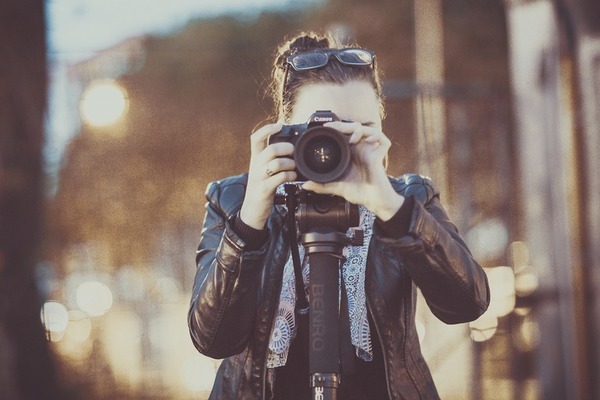Why Real Estate Photography Matters, and 3 Tips to Snap the Best Shots
Posted: November 6th, 2019
They say a picture is worth a thousand words. In the case of real estate photography, it’s also worth the attention of prospective buyers.
Good Photography Can Make the Sale
Think about the last time you searched online for available properties. When you viewed listings with low-quality pictures (or, God forbid, no pictures at all), did you soldier on and use your imagination? Or did you drop it altogether and look for the next interesting listing?
We’re guessing it’s the latter. Nothing turns potential buyers away faster than not actually being able to see the listed property.
Especially after the arrival of the coronavirus and subsequent shutdowns in 2020, real estate has gone digital. 43 percent of recent homebuyers looked online as their first step in the buying process, according to the National Association of Realtors. Additionally, the percentage of homebuyers who used the internet to search for a home skyrocketed to 97%.
What’s more, presenting great photos can also boost your sale’s success. Posting a good selection of high-quality photos can shorten your time on the market and even increase the amount you earn from your sale, according to RISmedia.
Essentially, your online curb appeal is just as important as in-person curb appeal.
Capturing Your Property’s Best Sides
When you work with a luxury real estate team like Ellingson Properties, your listing agent will ensure that only the best photos make it onto your online listing. Still, it’s a great idea to understand what makes a good picture so you can control the way your home is promoted. Below are a few of the basics to keep in mind.
Get the right equipment
While smartphone cameras are becoming increasingly sophisticated, professional photography equipment almost always produces better results. In particular, drone video and photography allows viewers to gain a bird’s eye view of your home and seamlessly travel from room to room via digital walkthrough.
At the very least, you want to make sure you have equipment that produces clear, bright, easy-to-navigate images. Avoid anything that creates a grainy or hazy effect.
Plan your staging in advance
Staging your home for photography is just like staging your home for a walkthrough. You want to create an atmosphere where your potential buyers feel right at home. Lighting is the most important factor when planning your photoshoot; schedule your session for the times when your home receives the most natural lighting.
Additionally, give your viewers a clean slate so they can envision what they’d do with the property if they lived there. Home photos that feature a great deal of clutter and mess are a major turn-off. Take care of the simpler staging tasks, like painting, before you take your photos.
Let viewers see the full home
In our post-COVID world, many potential homebuyers are opting for virtual walkthroughs and no-contact options to explore interesting homes.
Your photoset should read like a walkthrough, introducing viewers to each part of the home in the order you’d walk through it. If you leave big gaps in your photoset where rooms or spaces are missing, it might raise a few red flags for your viewers.
Be as detailed as you can in your photos without being bogged down by minutiae. If you can’t encompass the complete space in one photo, try taking more from different angles.
A Snapshot of Your Real Estate Experience
Your listing photos can make or break your sale. Instead of enrolling in a photography course to get the job done, partner with the professionals who know how to present your property at its best.
Call Ellingson Properties at 321-750-7050 to learn more about listing your home today.

